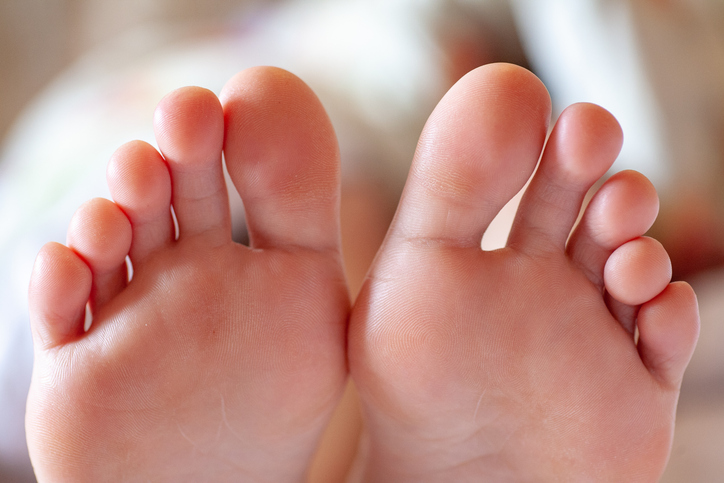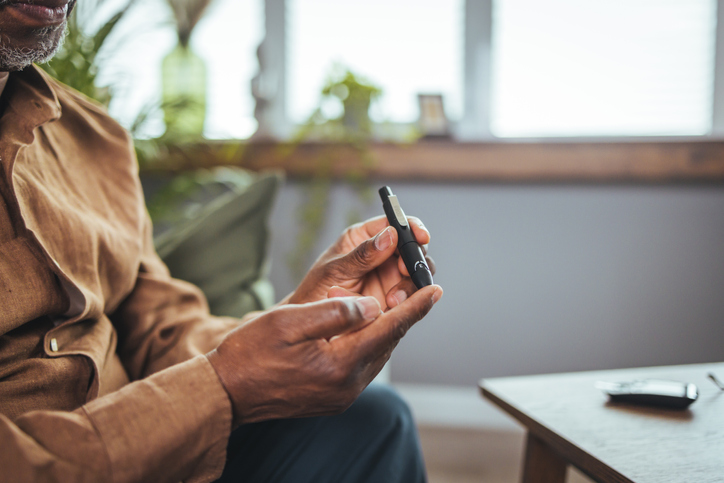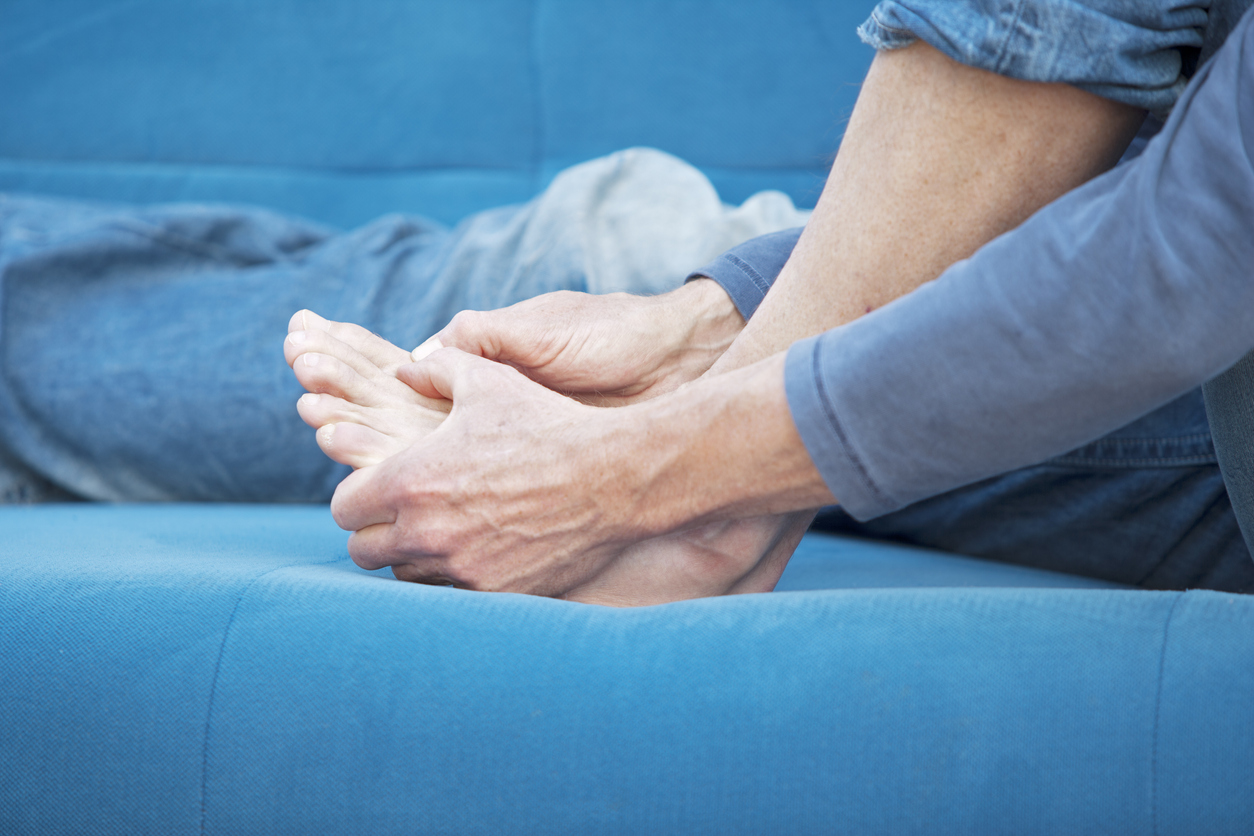An extra 1% to help manage your diabetes
Living with diabetes can be a stressful experience and sometimes it can feel overwhelming. Whether you’re on several medications, or you’ve been told by your diabetes nurse that you need to change several aspects of your lifestyle, it can all feel a bit much to handle.
So, why not start with an extra 1%? We’ve outlined some tips below which you can use to start taking small steps to improve the management of your diabetes.
Exercise

If you’re trying to incorporate more movement into your life, but you’re not ready to go to an exercise class or take up running, there are much smaller changes you can make which will still have a benefit! Here are some ideas:
- Park slightly further away from the shop in the car park so you walk that little bit further
- Download an app or use a watch to monitor steps – if you don’t want to go out, you could walk on the spot whilst watching TV to get a few more steps in
- Set an alarm on your phone once every hour to get up and walk around the house for a few minutes, or go and get yourself a drink
- Walk around the house, or go for a walk outside whilst you’re on the phone
- Add steps into your chores e.g., if you’re taking clean clothes upstairs, do it in two trips to get more steps in
- If you can and it’s safe to do so, take the stairs instead of the escalator or lift
Food

Eating habits are often something that needs to be altered when trying to improve management of diabetes. However, there are many small food swaps that you can make that still keep your meals delicious whilst being slightly leaner or lower in carbs or sugar.
From Smokey Chipotle Chilli Nachos to Southern Fried Chicken and Sticky Cauliflower Wings, we have a whole host of delicious recipes available in another blog. Read our ‘fake-away’ recipes here.
Diabetes UK also have useful resources and ideas for healthy snack swaps and DIY takeaways. Read more about their recipes here.
Sleep

A good night’s sleep supports your body and mind to tackle day-to-day life and stress more easily. If you are tired, this can impact your patience and you might get agitated more easily, which can then increase your stress.
If your sleep (or lack of) is impacting your stress levels, this can affect your blood sugar levels as cortisol (the stress hormone) and adrenaline are released into the bloodstream. making it harder for insulin to work properly, this is known as insulin resistance. If you’re dealing with a lot of stress in your life, read nine ways to reduce stress for better blood glucose control.
Lack of sleep can also impact things such as your ability to remember to take your medications or have the energy to eat a balanced diet. Most adults need 7 to 9 hours of sleep each night and through practicing certain tactics, this can help to improve your quality of sleep. Some suggested ideas include:
- Ensure your bed is comfortable for you. Whether that’s making sure you’re warm with blankets, or making sure your pillows are at the correct and comfortable height
- Practice a consistent night-time routine. Whether that’s reading before you go to sleep, avoiding screens for the last half an hour of your evening or enjoying a relaxing hot drink
- Stick to a consistent time to go to bed so your body learns the routine
- Try and incorporate exercise into your daily routine as this may make you feel more tired and find it easier to sleep
Feet

You have a higher risk of developing foot problems when you have diabetes which can increase the risk of nerve and circulation problems, potentially leading to more serious problems such as ulcers, infections and amputations.
Don’t worry though, most foot problems are preventable and with good, regular foot care, these problems can be avoided.
To make sure you’re keeping on top of your foot health, a small step you can take is five minutes every few days to look for a change of feeling in your feet. This could include:
- Tingling or pins and needles
- Burning or hot feet
- Changes in the shape of your feet
- Build-up of hard skin or loss of feeling in your toes or feet
For extra steps that you can take in your daily routine, here are a few ideas:
- Do not walk around barefoot
- Avoid extreme temperatures of hot and cold – you might not know if you have hurt your feet if you have no feeling
- Do not use corn plasters or blades to remove hard skin – speak to your doctor or nurse if you have a problem. They may suggest you see a podiatrist
- Make sure when you buy new shoes that they are broad and supportive enough
- Check inside your shoes before you put them on. Look for sharp objects that may be inside. These could rub your feet and cause a blister
- Try to keep good diabetes control as this can help prevent foot problems
- If you smoke, the best thing you can do is stop. Smoking affects your circulation. This can increase your risk of developing serious foot problems.
For more information about foot care for those with diabetes, check out our overview of foot health for people with diabetes.
At Spirit Pharmacy we’re here to help people who live with diabetes get access to their medicines, helpful items, and expert advice. We offer a friendly free NHS home prescription delivery, alongside lots of additional services and support, plus a free Live Well With Diabetes welcome pack with your first delivery.
Please note, this article is not intended to be individual healthcare advice. Always follow specific advice relating to your condition given to you by your doctor, pharmacist, diabetic nurse, or dietician.
*Information correct at time of issue – February 2022


